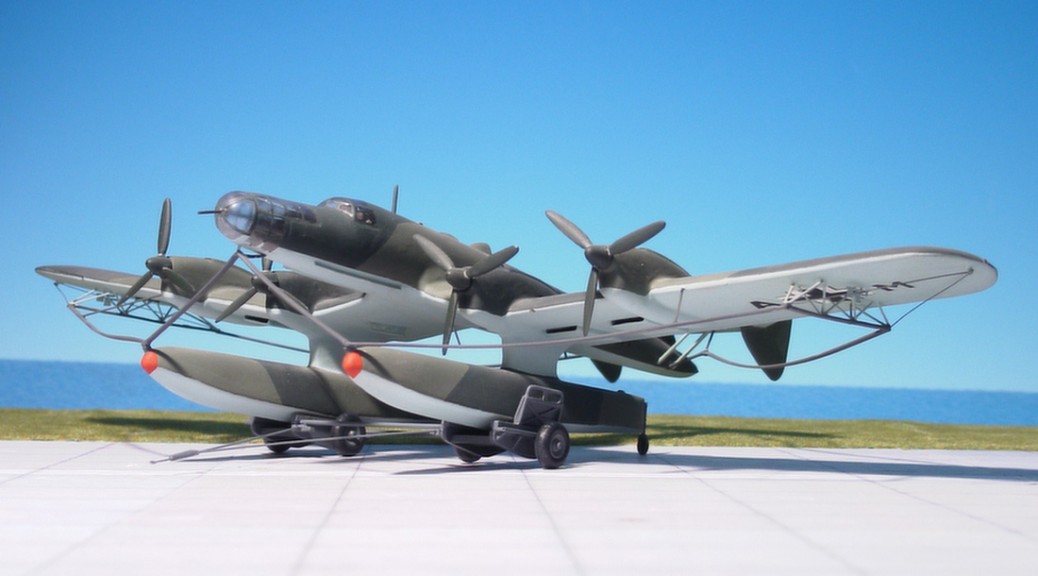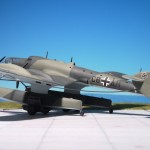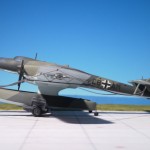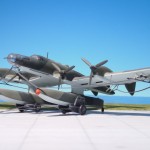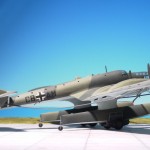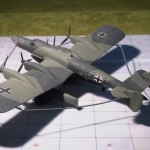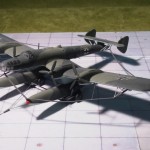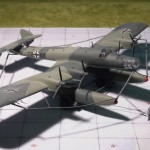TYPE: Transport, reconnaissance and mine-swiping floatplane
ACCOMMODATION: Crew of four to five
POWER PLANT: Four Junkers Jumo 205C opposed piston diesel engines, rated at 600 hp each
PERFORMANCE: 179 mph at 9,850 ft
COMMENT: The Blohm & Voss Ha 139 was an all-metal inverted gull wing floatplane. With its four engines it was at the time one of the largest float-equipped seaplanes that had been built. The inboard engines were mounted at the joint between the inboard anhedral and outboard dihedral wing sections, above the pylon-mounted floats.
The aircraft were flown by Deutsche Luft Hansa (DHL) on transatlantic routes between 1937 and 1939. Catapult-launched from an aircraft tender they were able to transport 500 kg of mail over a distance of up to 5,000 km.
On the outbreak of WW II, the planes were transferred to the Luftwaffe and used for transport, reconnaissance and minesweeping work over the Baltic Sea. They were not particularly suited for military use. After service with DLH, the Ha 139B was modified as the Ha 139B/Umbau (Reconstruction) with an extended glazed nose accommodating a navigator and a spherical Ikaria mount for a machine-gun. Further machine guns were mounted in the cockpit roof hatch and in lateral mountings on either side of the rear fuselage. The Ha 139B/Umbau was later modified into a mine sweeping (Minensuch) aircraft Ha 139B/MS fitted with a large magnetic sensing loop strung between the nose, floats, wing-tips, and tail unit.
Further development of the Ha 139 led to the land based version Blohm & Voss Bv 142 which had its first flight in October 1938 (Ref.: 24).
